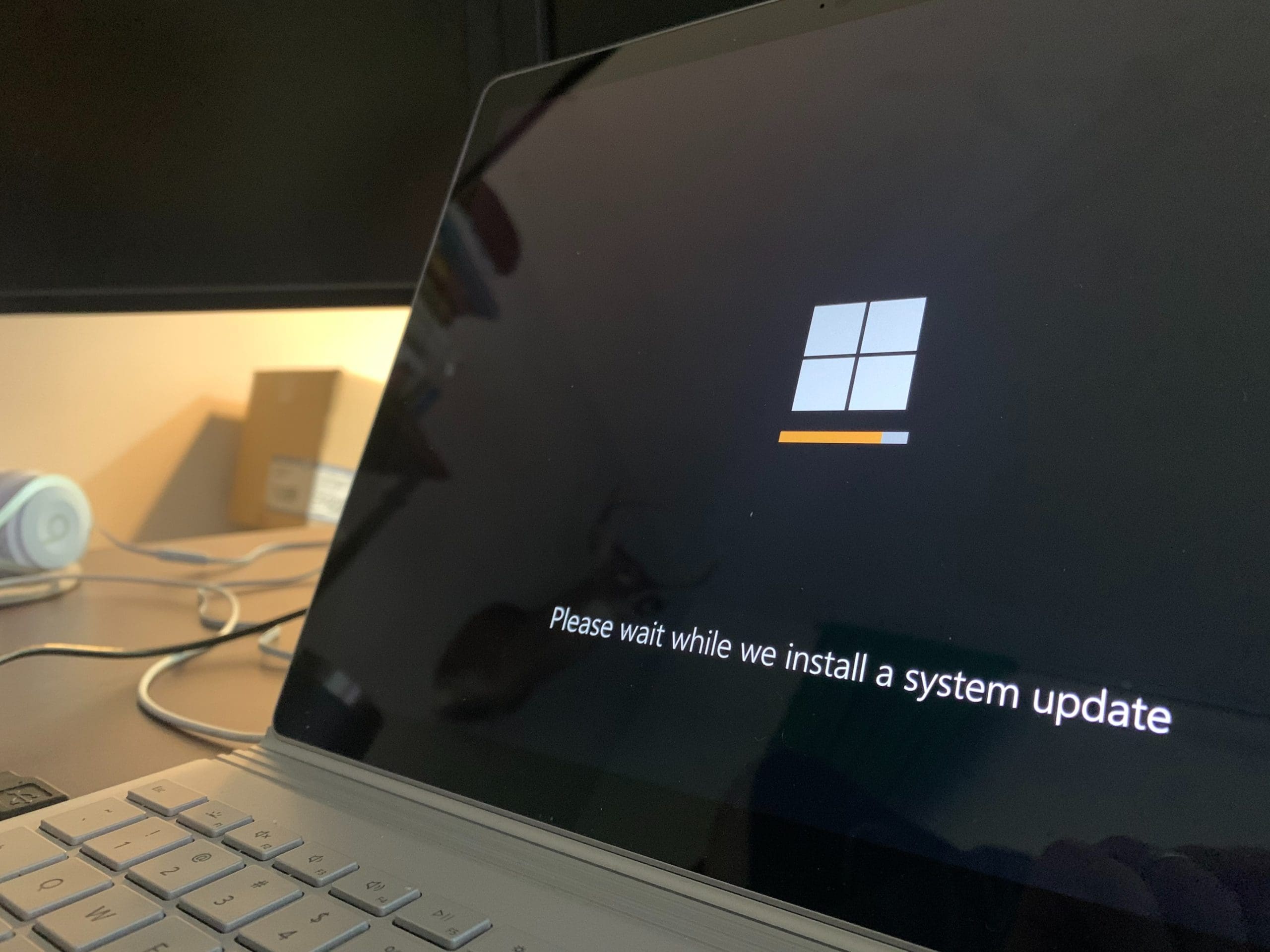Lately, we’ve noticed a difference in organizations seeking DEI (diversity, equity, and inclusion) transformation. There’s been a shift, a different set of needs being presented. It’s something our team has been collaborating on because we want to show up for every client in the way they most need. Some of these changes are pandemic driven—every organization has pivoted more times than we can count in the last 18 months.
But there’s something more fundamental being altered. We see it in how and why clients are reaching out, what they’re asking for, and what they’re refusing to live with any longer. Here’s what we’ve seen and how we’re holding space for the changes and growth.
What’s Changing in DEI?
Resistance and Emotional Reactivity
It’s not an exaggeration to say that we’re seeing more organizations in the midst of a DEI crisis. People of color are beyond frustrated. They’ve seen DEI initiatives come and go without any real commitment or change. They meet us already feeling disappointed and distrustful. Leaders urgently want help and improvement but are not yet fully contending with how their company culture has led them to this point. And white employees are paralyzed with fear—of reckoning, of change, of blame, of what privileges real equity might require them to relinquish.
With organizations in crisis, everyone’s emotions are heightened, intensified, and closer to the surface. Just recently, a literary arts organization came to us with its Board of Directors deeply divided over the unequal racial representation in its talent, with some members having already resigned, some having split off into smaller factions, and others trying to maintain the status quo.
It’s been a while since we’ve come in as DEI practitioners helping transform a company that’s ready to be proactive. We’re firefighting because organizations are firefighting–trying to get a handle on the present crisis before anything or anyone can move forward.
Reimagining Work
It’s not that people of color are being disenfranchised in new ways. We know they’ve long endured microaggressions and outright bias. They’ve felt angry, betrayed, and frustrated before now. But something has definitely changed in how they’re expressing their emotions.
One change is that many have slid into grief over how little has changed and how little is still being done, both in the world at large and within their organization.
Despite promises and hopeful signs, companies aren’t changing.
We’re looking to return to work differently.
Getting back to normal is not what people want because what was normal wasn’t acceptable. And this desire for a new normal is making those who benefitted from the old normal deeply uncomfortable.
There has never been a time when voices of color have had the level of social legitimacy and power that we do now. There is a new level of safety in calling out racism and bigotry. Emboldened and empowered, people of color are no longer quiet about their needs. Whereas they once may have quietly left a toxic workplace, today we’re seeing them stay and fight for change.
An Emotionally Centered DEI
Our team at Leverage to Lead has worked hard to be responsive practitioners—deep listening, emotional awareness, naming what people are feeling and experiencing. But DEI 2.0 is asking for more and we have to rise to the challenge with our own pivots.
What Comes Before the Work
We are starting to name the barriers and challenges before we encounter the resistance. When we see organizations with groups who are likely to resist engagement, we do some extra prep work.
Sometimes this means a deeper preview of our work together, including our learning blocks and what difficult emotions might come up for people.
Other times, we guide some emotional agility work in leaders, helping them prepare for how their people may respond. And sometimes it’s helping leaders see and accept that they do not have the answers to their DEI crisis and that they won’t get any answers without being in dialogue with their people.
Practicing and Demonstrating Self-Care
Our team is showing up with passion, empathy, and humanity more than ever before, and pushing leaders to do the same. This means that we need to be emotionally resilient, agile, and grounded to do our work well. This way, we can avoid our own emotional reactivity.
When people lash out, we can avoid taking it personally because we see that it’s not about us.
We can increase our empathy for the pain we see showing up in meetings.
We can lead with our own vulnerability—this often looks like sharing our stories first, showing our humanity, and modeling how we hope our clients can show up too.
We can apologize when things get hard, heated, or tense. Or when, despite our intentions, something has caused harm.
We can collaborate proactively with our team, relying on each other for support, ideas, and clarity.
Asking the Hardest Questions
During client intake, we hear about why an organization needs our help. They share their goals and their values. But often, we have to dig to get to the root of the problem by asking some hard questions.
What was the precipitating incident or conflict that brought us in?
Who’s in distress at your organization?
Who are you at risk of losing?
What are the difficult emotions arising at work?
Where are you falling short of your core values?
What are the conflicts overwhelming your people?
How much is this costing you in time, money, and emotional energy?
If your organization is ready to ask the hardest questions and start a cultural transformation, reach out to anyone on our team today.
